In the beginning there was the iPhone and it was good. We instantly forgot its predecessors – clunky Palm Pilots, Nokia bricks that opened like laptops and the Blackberry’s tiny keyboard.
Apple created the smartphone market we know today and was king for many years. But now the competition is hotting up, which means there’s never been a better time to upgrade.
Google’s Android operating system is the biggest challenge to Apple’s iOS. Its look and feel is quite similar but whereas iOS is slick and polished, with just one carefully tested way of doing things, Android is easier to customise.
The same goes for software – premium applications often reach the iTunes App Store before they appear on Google Play, but the latter has a wider range of apps that let you tailor your experience more.
Other operating systems include Microsoft’s Windows Phone, unsurprisingly championed by Nokia (Microsoft is in the process of buying the Finnish company), although Nokia has recently announced its first Android handsets. Blackberry persists with its own system, while new rivals such as Ubuntu and Tizen are due to arrive on smartphones soon.
Two main stories come out of 2014’s industry announcements so far. The first is that cameras are the new battleground. Few phones take decent photos, so manufacturers are rushing to prove that their new handset will turn you into the next David Bailey. Nokia’s Lumia 1020 boasts a ridiculous 41 megapixels, detecting more detail than the human eye. Sony’s Xperia Z2 takes 4K-resolution videos ready for the new wave of Ultra High Definition TVs.
HTC’s One M8 has only 4.1 megapixels, a tenth of the Nokia, but they are larger “Ultra Pixels”. It performs better in low light because each of the 4.1 million tiny sensors inside the camera is almost 50 per cent bigger than those in theiPhone 5S. What’s more, it has a second sensor that captures depth information so you can adjust the focus after the photo is taken.
The second big story is that there is no single preferred size for a smartphone. Some people like a mini screen barely bigger than three inches, while others choose more immersive five-inch models. Then there are those who supersize their smartphones and opt for a six-inch “phablet”. Phone manufacturers are hedging their bets by offering a range of screen sizes. When the iPhone 6 launches later this year, industry experts predict it will come in multiple dimensions too.
Soon we may have the best of both worlds – a large-screen phone small enough to fit in a pocket – thanks to new flexible screen technology. Folding phones could have a clamshell design that opens to reveal one large touchscreen.
More certain is the place that smartphones have in our lives, as explored in the Spike Jonze movie Her. Set in the near future, the film’s lonely protagonist falls in love with “Samantha”, the voice of his operating system.
While no one we know of has fallen hard for Apple’s Siri or Android’s Google Now, it’s not that far-fetched. Smartphones are the personal assistants of the 21st century. Instead of having affairs with the secretary, we now find ourselves distracted by social media and dating apps, even when we’re with friends and family.
The smartphone continues to be our most valued piece of technology. We keep it close to us, and we’re lost without it. If you have to prepare for a surprise meeting, it’s your phone that saves the day. And our business data is entrusted to it, which is why the likes of Apple and Samsung are offering fingerprint security, and companies such as Boeing are working on phones that protect against hardware and software hacks.
Apple iPhone 5S
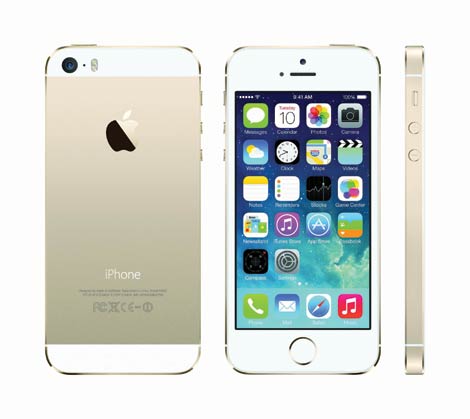
iOS; US$721 (from free with contract)
The fastest and best iPhone you can buy right now. But is that enough to beat the rise of premium Android smartphones? Its fingerprint sensor offers secure, quick unlocking. Its four-inch retina display (1,136 x 640 pixels) is beautifully crisp, and its eight-megapixel camera shoots 1080p Full HD video. But so do many of its rivals. It comes down to whether you prefer iOS – with its slick user interface and “walled garden” – or the more affordable, slightly geekier freedom of Android. Also, 16GB isn’t much storage, and you can’t add memory cards, so you might want to pay more for the 64GB model.
SonyXperia Z2
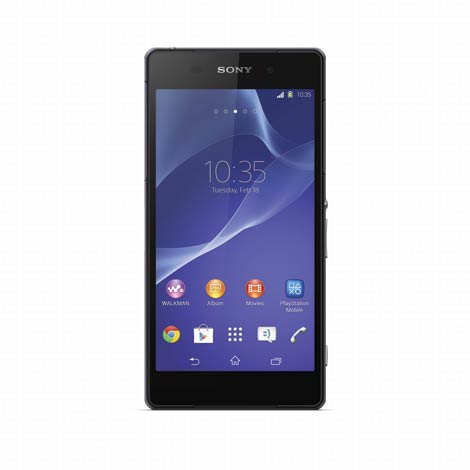
Android; US$774 (from free with contract)
Graphics are king on this Sony, whether you want to take photos, shoot videos or watch a movie on its 5.2-inch screen (1,920 x 1,080 pixels) with beautiful, bright colours. Its 20.7-megapixel camera takes sharp snaps and even 4K video, with four times the resolution of 1080p Full HD. Aside from visual prowess, the Z2 is a capable Android smartphone with a couple of other neat tricks – it’s waterproof and dustproof, so should survive everyday life, and comes with noise-cancelling in-ear headphones, perfect for cutting out background sound on planes and trains.
Motorola Moto X
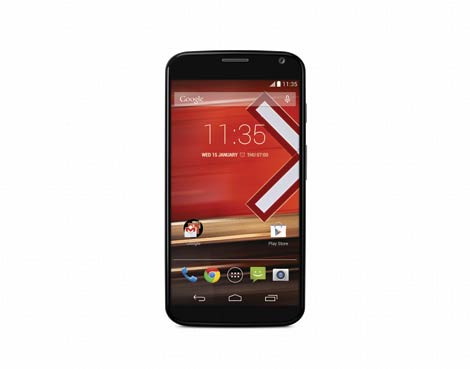
Android; US$477 at Broadway, (from US$219 with contract)
Motorola’s top-of-the-range smartphone takes the Android operating system and adds its own skin. The ten-megapixel camera and 1080p Full HD camcorder have novel controls, like twisting your wrist to launch the camera app. Home screen notifications can be tailored on the 4.7-inch (1,280 x 720 pixel) display. Most notably, it makes a big thing of voice control. Say “Okay, Google Now...” and you can command it to send messages, schedule appointments and, of course, Google stuff. It’s the one Android phone that gives iPhone’s Siri a run for her money.
Google Nexus 5
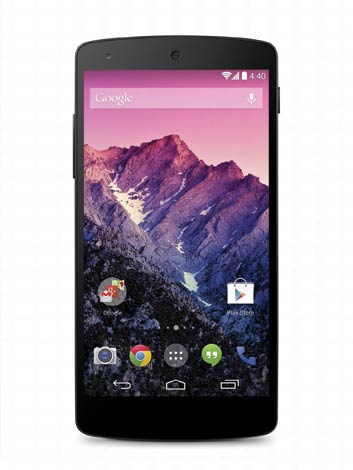
Android; US$413
Google’s own-brand Nexus smartphones – which are actually manufactured by LG – have a great reputation for value for money. The Nexus 5 is no different, being a premium handset that feels like it should cost twice the price. Its 4.9-inch (1,920 x 1,080 pixel) display is comparable with far more expensive rivals. While the eight-megapixel camera is nothing to write home about, it’s still good enough to match the capability of the iPhone 5S. Unusually, you can charge it wirelessly by popping it on a special pad – a great feature that’s sure to be snapped up by other manufacturers in the near future.
Samsung Galaxy S5
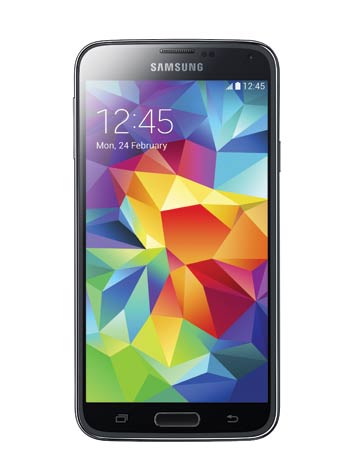
Android; US$774 (from free with contract)
samsung.com/hk
The acclaimed Galaxy S4 has influenced every new phone launched over the past year, so it’s a hard act to follow. The S5 upgrades the specs – processing and graphics are faster, the screen is bumped from 4.99 to 5.1 inches (resolution remains 1,920 x 1,080 pixels), and the camera has 16, rather than 13, megapixels. More interesting are the new features – a fingerprint scanner for quick, secure unlocking, a heart rate sensor to complement its fitness tools and an ultra-fast camera autofocus (0.3 seconds). Like the Xperia, it’s waterproof and dustproof.
HTC One M8
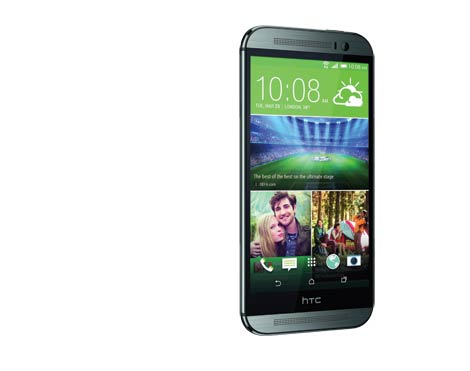
Android; US$774 (from free with contract)
The original HTC One was named Best Smartphone at the Global Mobile Awards, and the M8 looks even more impressive, with a five-inch screen (1,920 x 1,080 pixels), and a motion sensor for intelligent features such as automatically answering calls if you lift it to your ear. But the big story is the 4.1 “Ultra Pixel” camera – its largerpixels and f/2.0 aperture offer great low-light performance, while its dual sensor records depth information, so you can adjust the focus and depth of field at a later date. Snaps will never be blurry again. The front camera has a wide-angle lens for better “selfies”.
Nokia Lumia 1020
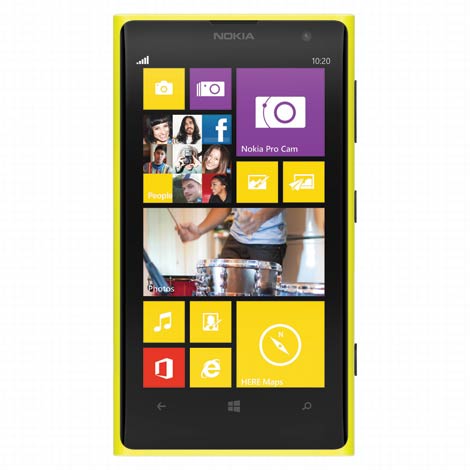
Windows Phone 8;
US$812 (from US$307 with contract)
Another camera-focused smartphone, this has a 41-megapixel sensor for super-sharp snaps containing more detail than the eye can see. You can zoom in on the 4.5-inch (1,280 x 768 pixels) screen and still get photos good enough to print, while optical image stabilisation and an optional tripod mount stop it getting shaky. Zeiss optics with six physical lenses, xenon flash and mechanical shutter meanresults are good in low light too. And if you prefer Instagram to photo albums, the Lumia simultaneously takes a smaller five-megapixel picture that is ideal for sharing with friends on social networks.
BlackBerry Z30
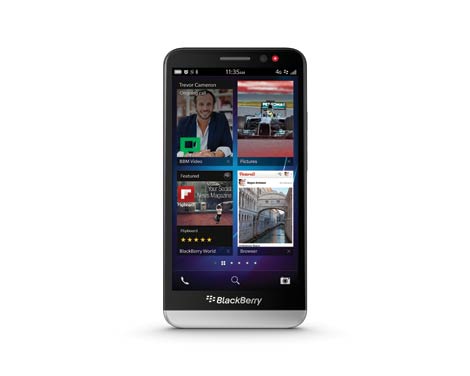
Blackberry 10; US$708 (from free with contract)
Blackberry still has a loyal fan base among business users for its email capabilities, and among young people for its BBM instant messaging. But now that other phones can juggle your Gmail beautifully, and WhatsApp offers cross-platform messaging, what’s left for Blackberry? The Z30 has a five-inch (1,280 x 720 pixel) touchscreen instead of QWERTY keyboard but still handles email and documents well. It also has an eight-megapixel camera, but it’s the battery life of up to 25 hours that will appeal to heavy users. At 170g, it’s as heavy as some six-inch “phablets”, though.
LG G Pro 2
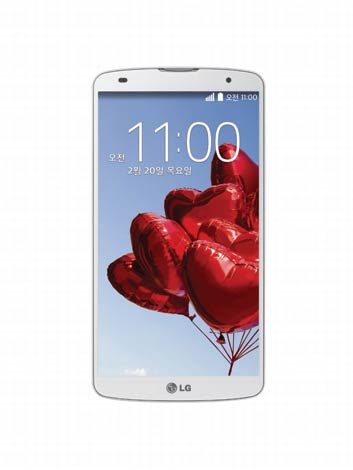
Android; from US$683 (from free with contract)
This falls squarely in the “phablet” category – halfway between a smartphone and a tablet. It’s a fully-featured smartphone but its dimensions(138.5cm x 70.9cm x 9.1cm) make it too big for many pockets. And it looks a bit “Dom Joly” if you lift it to your ear. But its 5.9-inch (1,920 x 1,080 pixels) screen is a good size if data, rather than voice calls, is your priority. This new model has improved sound, an impressive battery life, and a new security feature called Knock Code, whereby you unlock the phone with a secret pattern of taps or “knocks” on the screen, just like the Secret Seven’s tree house.
iPhone 6
iOS; price TBC
Apple used to maintain incredible secrecy ahead of its product launches. These days, not so much – leaks from factories, retailers and the like mean that rumours are increasingly accurate. Based on past release schedules, the iPhone 6 is expected to launch this summer, September at the latest. It’s expected to come in a range of screen sizes, offer wireless charging and a better camera. Other rumours include curved glass and solar cells. Most exciting is the fact that Apple has been buying up huge stocks of sapphire crystal – the material used to protect watch faces. Could the iPhone 6 boast a screen that is virtually unbreakable.








